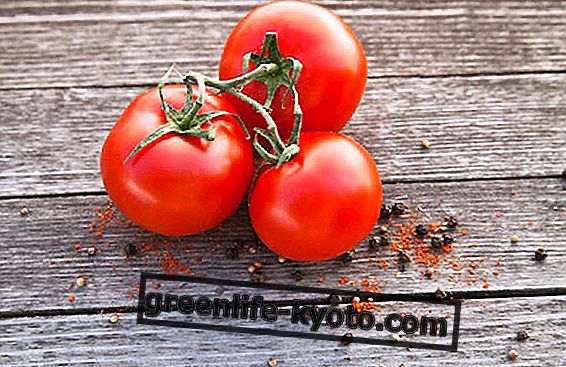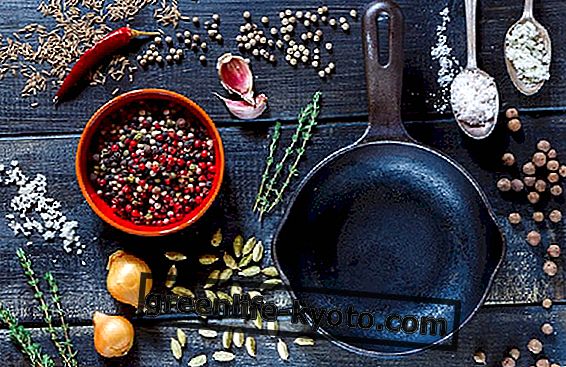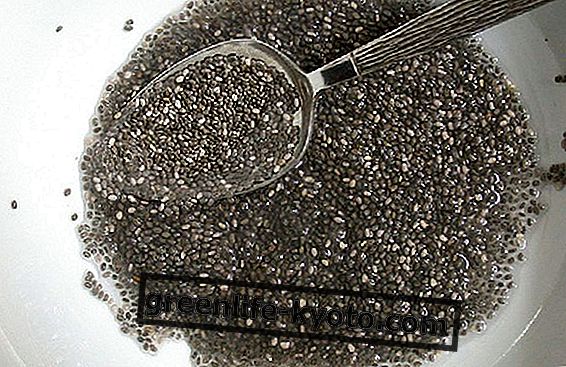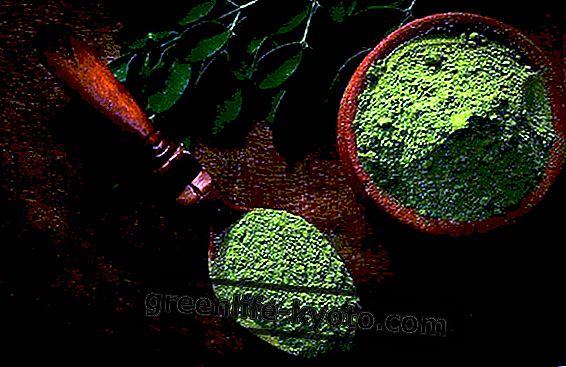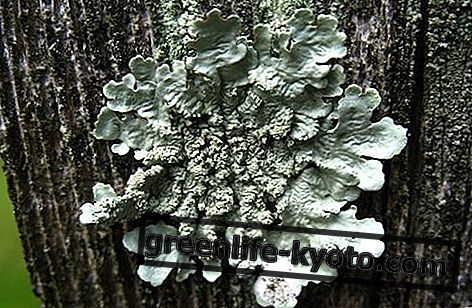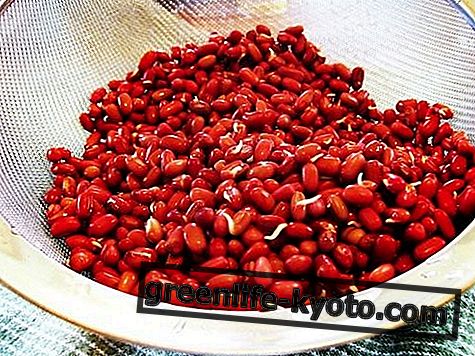You don't need to be an expert mycologist to know that autumn is the season par excellence of edible mushrooms, the period that represents the perfect mix between the residual heat of the summer, now no longer excessive, and the humidity that begins to concentrate together with the gradual lowering of temperatures.
After the planting season, the leaves fall creating a perfect protective layer for the growth of fungi.
Those that are commonly called mushrooms and sold in our markets are really just the fruit, the reproductive apparatus of the true fungus, or of the mycelium, the part that lies below the ground.
After the autumnal equinox the days begin to shorten and the arrival of the real rains starts the harvest .
But which species of mushrooms could we find in our dishes this season?
Which mushrooms we find in the fall
champignons
In autumn we will undoubtedly find champignons ( Agaricus campestris ), present in meadows and pastures, white with pinkish shades, pleasant to smell and sweetish in flavor.
Sanguinello
Not to be underestimated is the dogwood ( Lactarius deliciosus ), recognizable by the pink-orange cap rich in concentric lenticular spots, and by its short stem ; it has a pleasant and complex odor, while the taste is sweetish, especially if cooked on the grill or grilled, which is why it is highly sought after in pine woods.
Russula cyanoxantha
Russula cyanoxantha, or better, Colombina maggiore is considered one of the most palatable and valuable Russulas (it is not for nothing that the German mycological association chose it as a mushroom of the year in 1997), with a variability and heterogeneity of color that it gives on the gray . It has a firm flesh, with a typical damp fungal smell, of undergrowth, as well as the flavor, marked and persistent; the ideal habitat is not by chance the calcareous woods.
Porcini
Impossible not to mention the porcino ( Boletus edulis ) one of the most exquisite mushrooms of all. Recognizable by the sturdy stubby stem and the roundish cap that tends over time to the convexity, the porcino loves to grow in beech-woods, with oaks and chestnuts . It is difficult to confuse with dangerous species, it is an excellent food, very rich in zinc, in vitamins B5, B9 and B3 .
The drumstick
The drum mace ( Macrolepiota procera ) is another typical autumnal mushroom, easily recognizable, not rare, but it needs a perfectly cooked to not be toxic . Recognizable for the white discoid hat with dark scales, for the typical ring on the stem and for the considerable dimensions that it is able to reach, it reminds the hazelnut both in the taste and in the smell. It is easily found in groups in coniferous and deciduous forests; ideal with meat, in sauces and in omelettes.
Leccino or porcinello rosso
Let's now pass to leccino or porcinello rosso ( Leccinum aurantiacum ), with its typical orange hat on a white stem, which grows under the poplars. Quite common, it is a not very fragrant and very pleasant and tasty mushroom, with a medium-high degree of sweetness .
cockerel
In autumn we find another well-known mushroom, the cockerel, also called finferlo or chanterelle ( Cantharellus cibarius ), with a typical cap: not too big, yellowish, irregular and with raised edges ; generally found in groups. Recognizable for its light and pleasant taste, it loves humidity under broad-leaved trees; very appreciable when fried or in oil.
Tips for mushroom picking
When we venture into the world of mushrooms, prudence is never enough: each has inexperienced collectors pay an oversight or too rough recognition with their lives .
If you are not sure, we can turn to a mycological group, the local ASL or the forester .
Always avoid the "do it yourself".
